The concept of the Défense Passive (DP) was created in 1933. The name was a coverall for all activities related to the protection of civil society in times of war. It was originally called the Union for Air Defence and Protection of Civilian Populations (UNDA) under the direction of the former French President Gaston Doumergue and was mostly concerned with protective measures in case of air raids.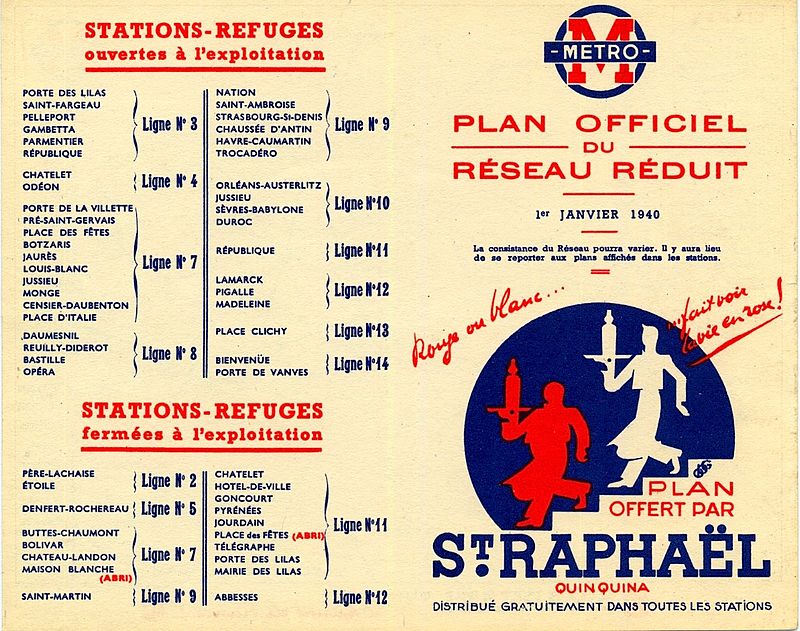
Its role was the establishment of a network of warning sirens, the construction of shelters, promoting the awareness of the dangers that air raids posed through the media, as well as the use of gas protection. On the 9th April 1935, a law was passed which saw the more formal organisation of the National Civil Defence and in 1938 UNDA changed its name to the National Committee of Air Defence and Public Life. which in turn became the National Civil Protection Union (UNPC) in the 1950s. Its current role is the protection of the population in the event of a nuclear attack.
 Défense Passive helmet. These were the standard Model 1926 Adrian, as issued to the military. However, in this instance, it was supplied without a badge, having the information painted directly onto the helmet. It is painted white for visibility during blackouts and the information denotes the wearer has been trained in First Aid.
Défense Passive helmet. These were the standard Model 1926 Adrian, as issued to the military. However, in this instance, it was supplied without a badge, having the information painted directly onto the helmet. It is painted white for visibility during blackouts and the information denotes the wearer has been trained in First Aid.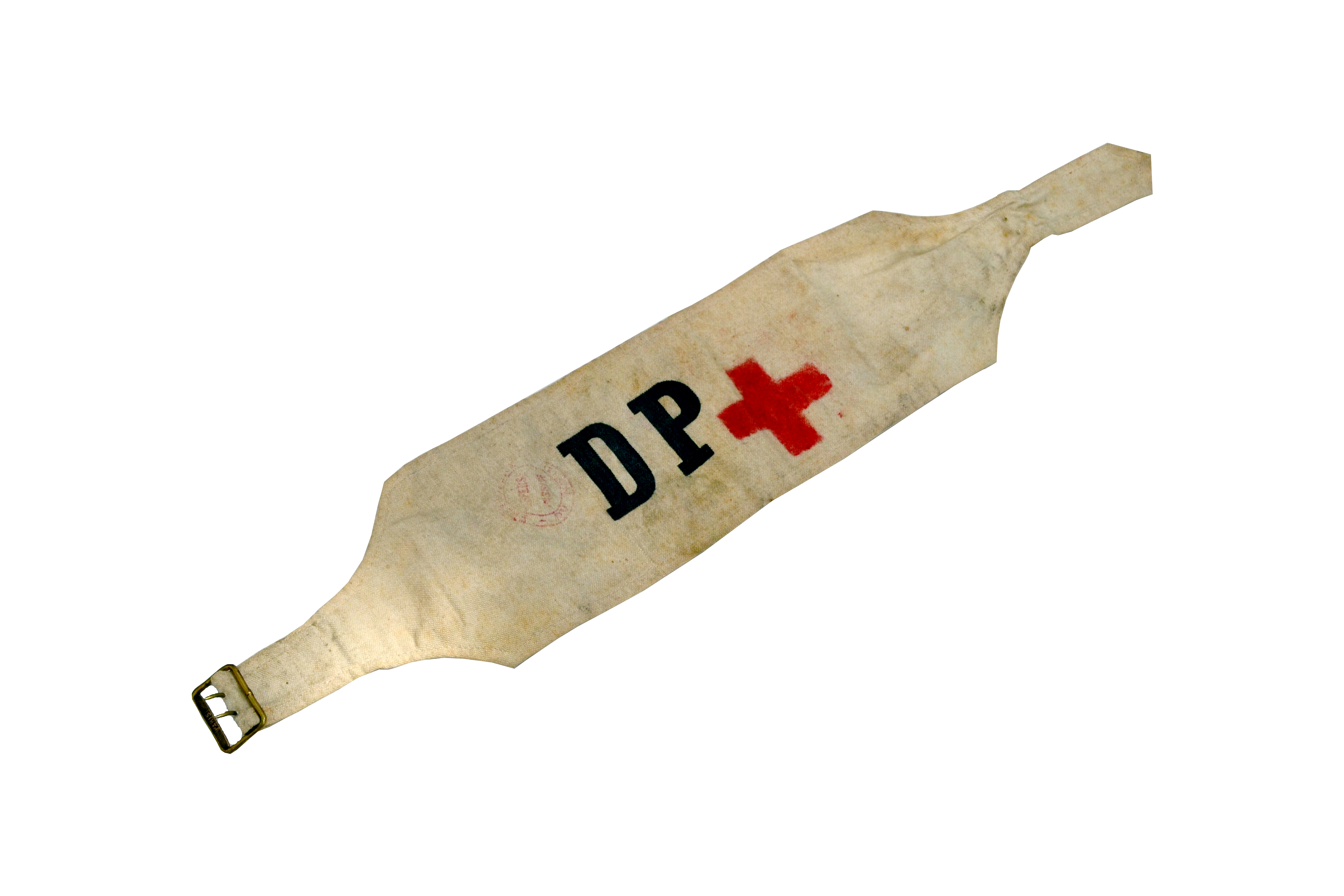
Défense Passive armband. Again, denoting the wearer to be a trained first aider.

 Défense Passive ampoules. These form part of the medical kit. They contain calcium gluconate, which was used for a variety of purposes, from allergic reactions to treating acid burns. The top image is of the closed box and the bottom shows the contents.
Défense Passive ampoules. These form part of the medical kit. They contain calcium gluconate, which was used for a variety of purposes, from allergic reactions to treating acid burns. The top image is of the closed box and the bottom shows the contents.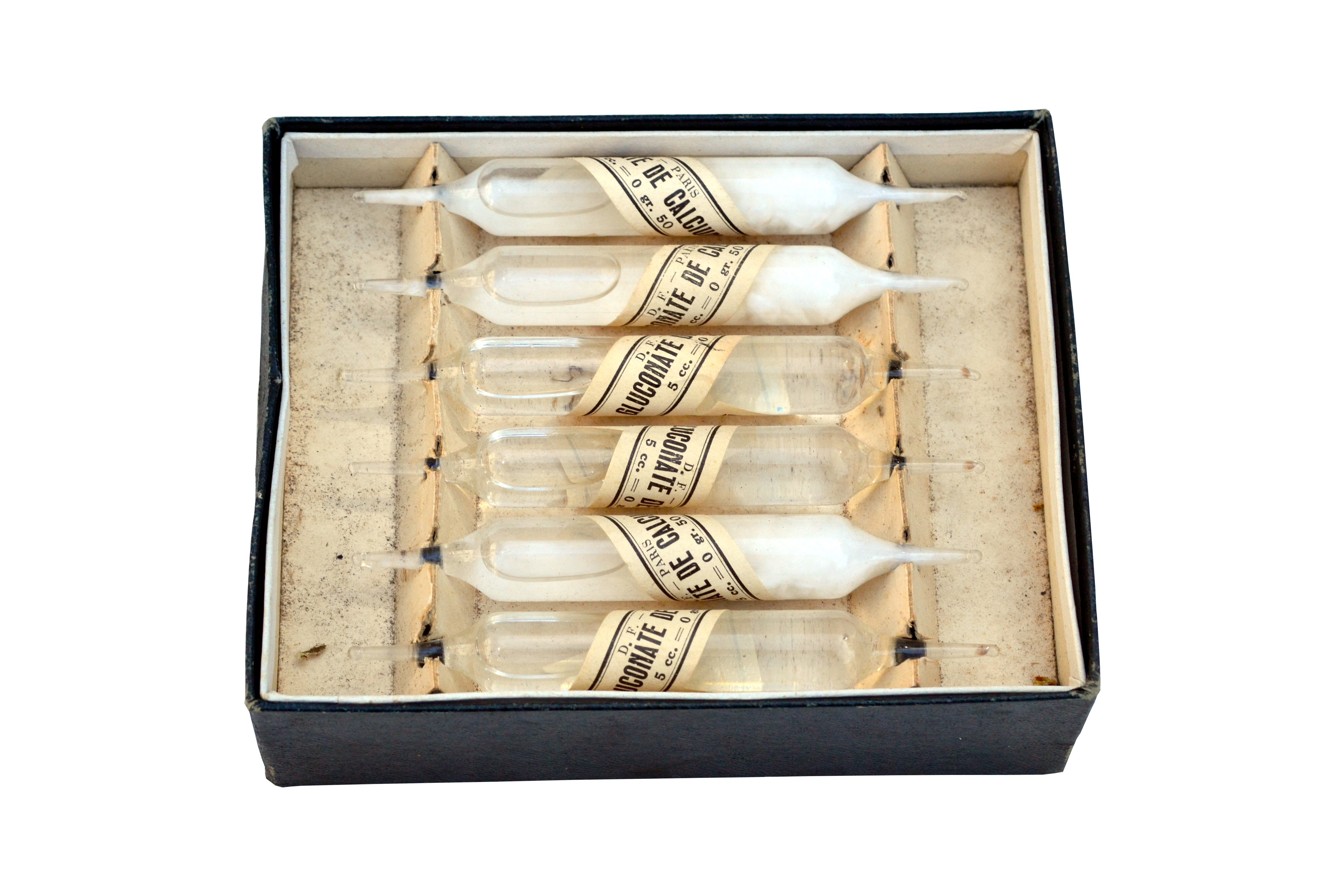

Pansement (bandage). These were the same type issued to front line troops as a first field dressing (self treatment). Unlike the British, who produced both a first field dressing and a separate shell dressing (for ARP use), the French preferred to use the same type for both potential applications.
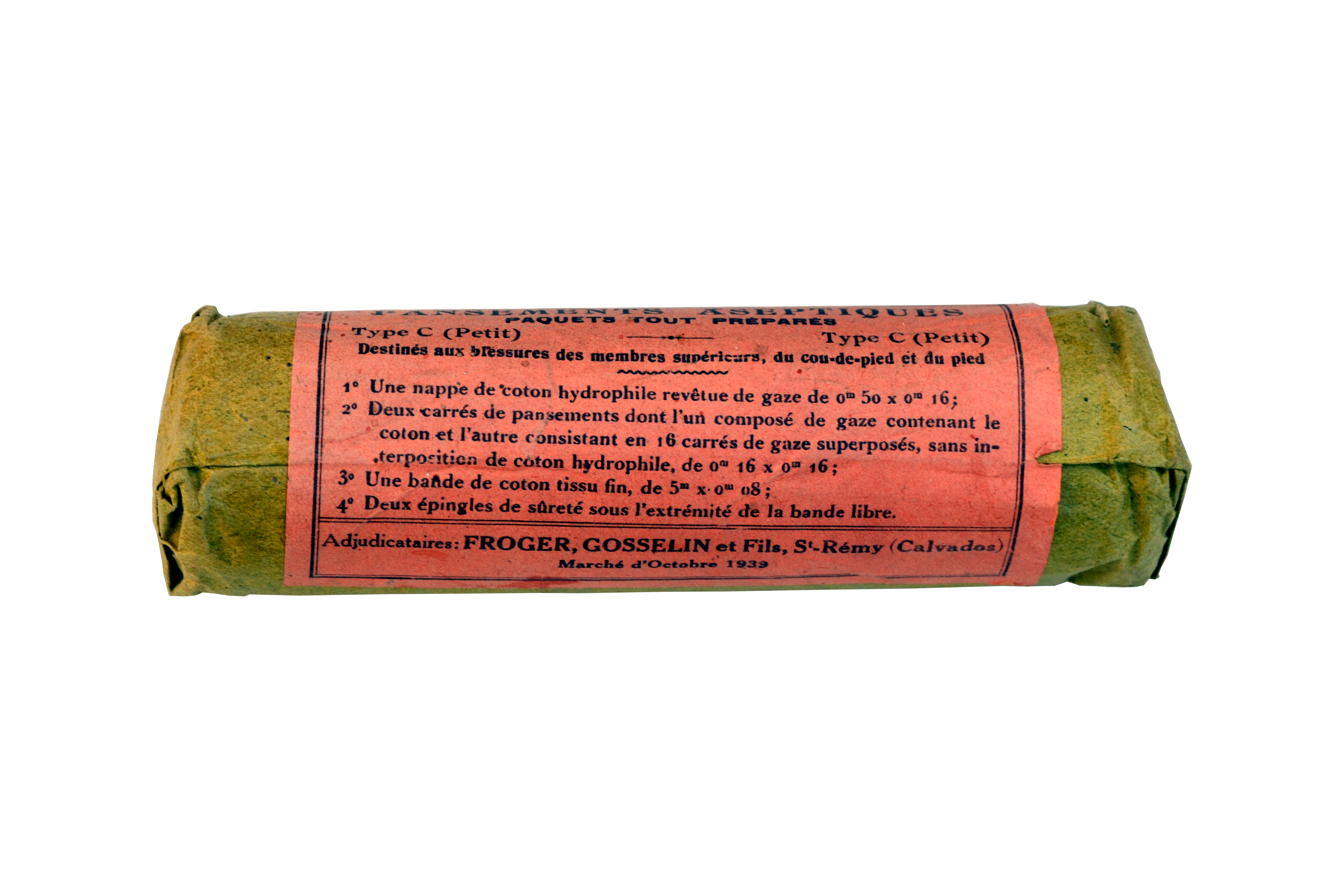
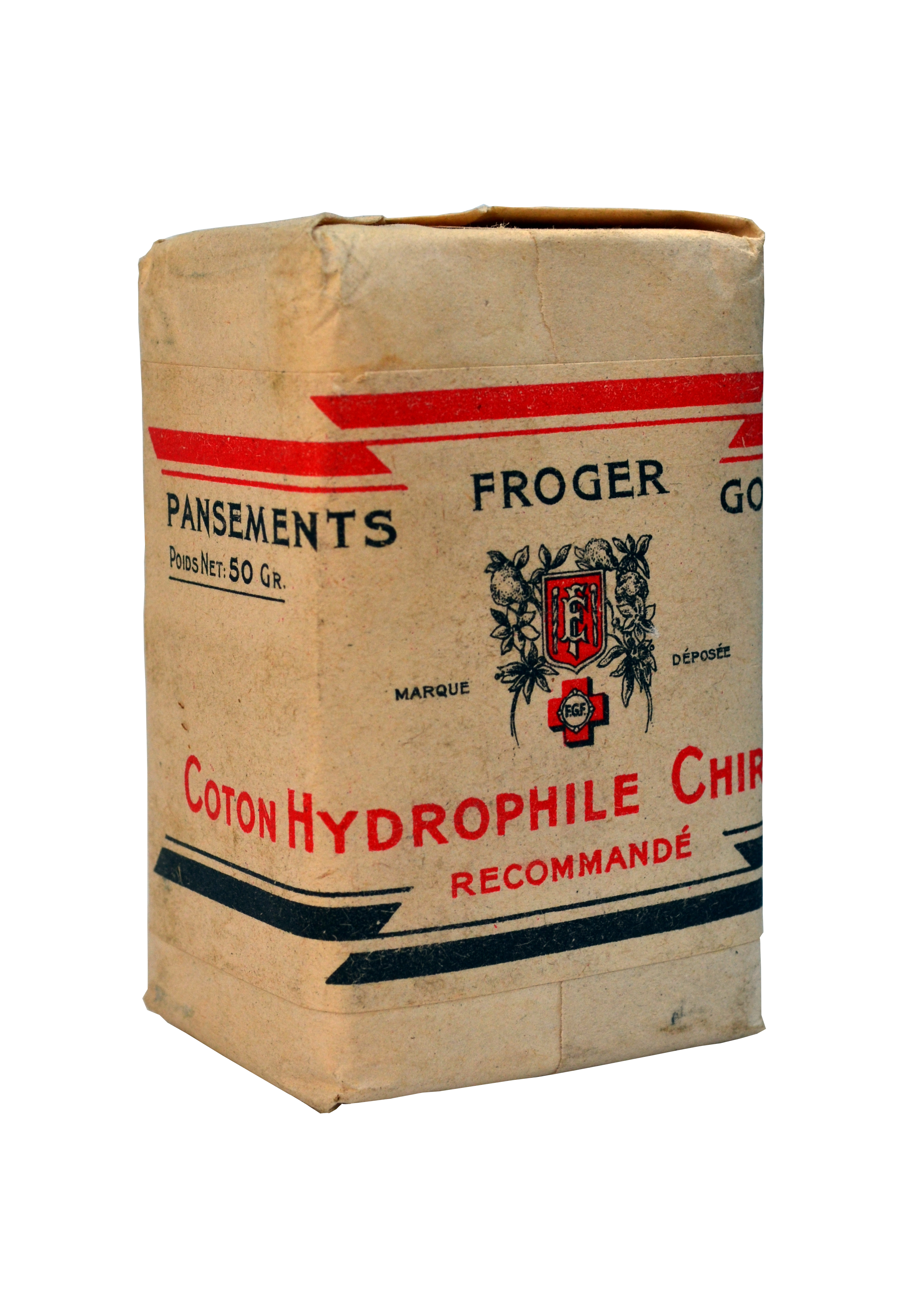
Coton Hydrophile. This is an absorbent material for use as a swab to clean wounds.

To view and discover more about a French Défense Passive leaflet, please click here.
To return to the main French Home Front page, click here.
